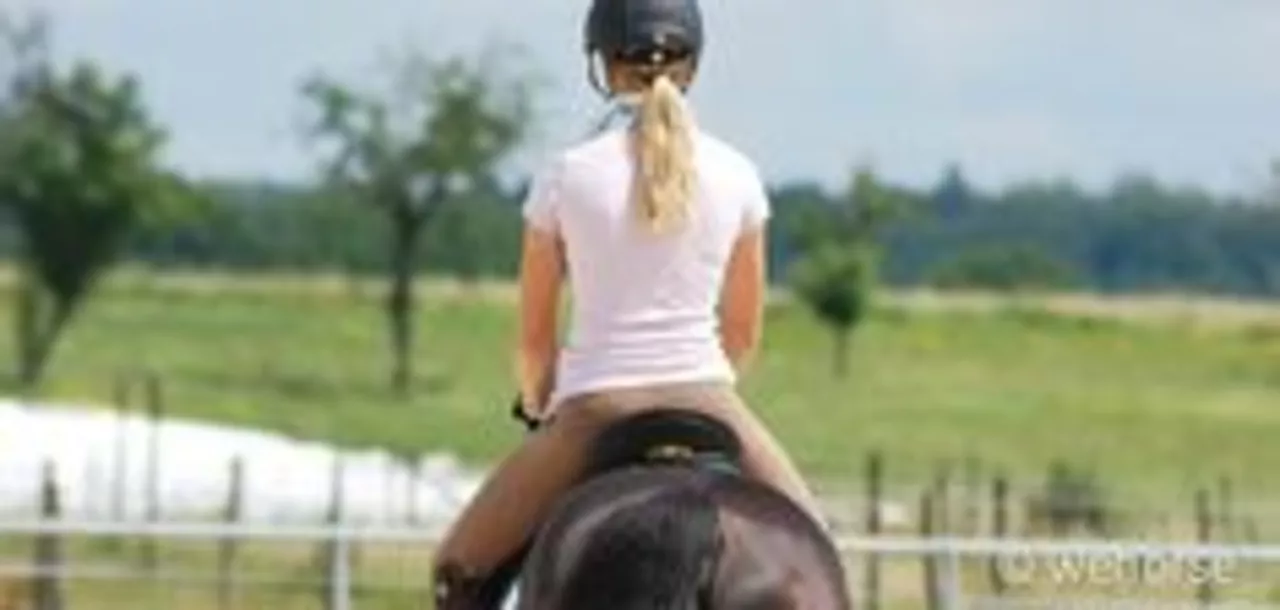Studs: What Every Rider Should Know
When you hear the word “studs,” you might think of metal spikes on a horse’s shoes or the little metal pieces on riding boots. Either way, studs play a big role in safety and performance. In this guide we’ll break down the basics, show you how to pick the right ones, and share a few stories from our community.
Choosing the Right Studs for Your Horse
The first decision is whether you need shoe studs, boot studs, or both. Shoe studs give extra grip on slick ground – think rainy trails or icy arenas. If you ride on soft, loose footing, you’ll want a set with longer spikes to dig in. Boot studs, on the other hand, protect the rider’s foot and add stability in the stirrups. Look for a sturdy metal tip and a comfortable base that won’t rub your heel.
Fit matters. Too big and the stud can wobble, causing pain for the horse. Too small and it won’t give enough traction. The best way to test is to walk the horse on a smooth surface with the studs on and feel for any wobble. If it feels loose, swap to a smaller size. Most tack shops carry a range of sizes, so don’t settle for the first pair you see.
Another tip: match the stud type to the activity. For jumping, short, aggressive studs give the best push off. For leisurely trail rides, a mild, rubber‑capped stud is enough and protects the horse’s hooves from rocks. Keep a spare set in your tack bag – a broken stud can ruin a ride fast.
Studs in Riding Gear & Safety
Boot studs aren’t just about grip; they’re a safety feature. A good pair prevents your foot from sliding out of the stirrup if you fall. When you choose boots, look for a heel that’s at least 2‑3 inches high and a metal or rubber stud that fits snugly into the stirrup strap. Many riders skip this detail until a slip happens, but a simple upgrade can make a huge difference.
Don’t forget the horse’s comfort. A poorly fitted saddle combined with hard steel studs can cause sore backs. Always check that the saddle’s tree sits level and that the studs are positioned where the horse’s hoof naturally contacts the ground. A quick check after each ride – look for bruises or excessive sweating – will tell you if the setup works.
Our community shares lots of real‑world experiences. One rider told us how swapping to rubber‑capped studs saved her horse from a bruised heel after a wet weekend trail ride. Another rider discovered that a set of lightweight, chrome studs gave his draft horse better balance on a steep hill. Those stories show that the right studs can boost confidence for both horse and rider.
In short, studs are a small piece of equipment with a big impact. Pick the right size, match the type to your activity, and keep an eye on comfort for both you and your horse. With the right studs, you’ll feel steadier in the saddle, and your horse will move with confidence on any surface.
Ready to upgrade? Browse our tag page for more posts on horse care, riding gear, and personal stories. Whatever you’re looking for – from basic how‑to guides to advanced tips – you’ll find practical advice that you can use right away.

Stud earrings can be a stylish way to add some flair to your horseback riding lessons. However, it is important to consider safety before deciding to wear them. Stud earrings are small and can easily fall off and become a hazard. If you decide to wear them, make sure that the earrings are firmly secured and don't have any sharp edges that could cause injury. Additionally, consider the material of the earrings to ensure that they won't corrode or irritate your skin. With the right precautions and the right earrings, you can rock those studs while riding safely.
Read more
